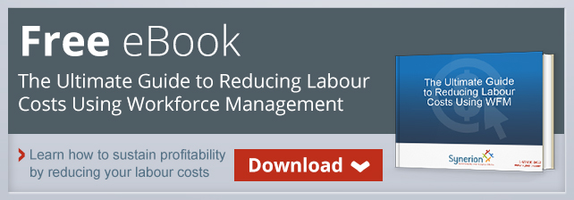
If you haven’t experienced new-hire turnover at your organization yet, it’s likely you will at one point or another. New hire-turnover is when an employee leaves their position within the first year of employment. And the numbers aren’t good, with 40% of new hires estimated to leave their new position within the first six months.
In addition to the high cost of replacing an employee who has just been hired, managers feel frustrated by having to go through the same process all over again with someone else. Combating this particular form of turnover can have a big impact on the success of your business. Here’s what you can do about.
Stop Assuming New Hires Are Going to Stay
This might be the first error many employers commit and represents old school thinking. Previously, managers would assume that an employee would stay with a company for at least a year. In fact, you should assume with any new hire that they may not have actively stopped their job search. They may have just been in need of a paycheck and Linkedin has made it easier than ever to keep looking for a position. Employee loyalty is also disappearing and many won’t think twice about leaving for greener pastures. Your approach needs to reflect this new reality.
Help them Build a Social Network in the Office
It’s important to help a new hire build some kind of social network in the office. Not only does it make work life more enjoyable, but it helps bond a new employee to the office. Take the new hire around and give them opportunity to meet and chat with their fellow colleagues. Also encouraging existing workers to make new staff feel welcome can help a lot.
Track which Managers have the Best (and Worst) Retention
Like all aspects of work, it’s important to track and measure to evaluate performance. See which managers are performing best and worst when it comes to retaining new hires. If there are any particular outliers, call a meeting to discuss what they are doing to fully understand the situation.
Prioritize
There are certain candidates and positions that are more important at your company than others. So it is important to think strategically about your retention issues. It’s a mistake to try and improve retention in every single job, especially if you have scarce internal resources. You need to prioritize. It will also help you develop a more effective process that can then be scaled out to more and more new hires.
